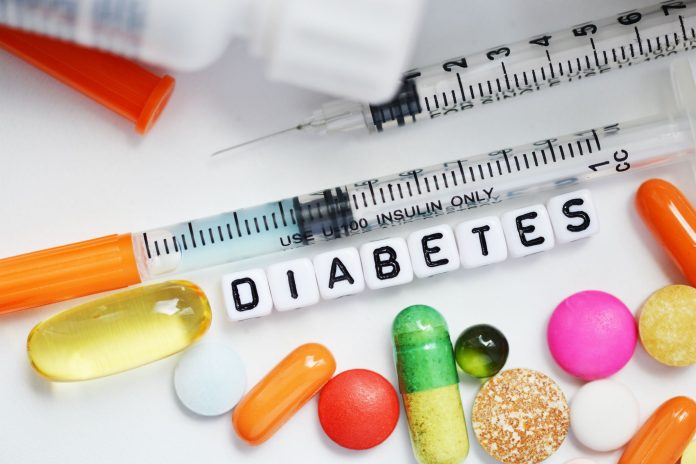It is reported in many scientific studies that, a routine of exercise, both in the morning as well as afternoon can reduce the percentage of developing diabetes. The study published in the journal Diabetologia has found a significant association between evening physical exercise and its positive impact on the risk of diabetes.
Researchers from many parts of the world and various renowned universities have explored the connection between regular morning, afternoon and evening exercise and its impacts on diabetes. According to a researcher Dr. Chirag Patel, Harvard Medical School, it can be majorly helpful to follow a routine pattern of physical exercise during the above times of the day to get a visible result for the reduced risk of developing diabetes.
Other than exercise, the researchers believed that factors related to lifestyle, such as the amount of sleep and intake of diet also have a major impact on the physical exercise that one undertakes in the morning/ afternoon/ evening times.
According to the Lancet report, India has got more serious situation diabetes. For the overall development of any nation, it is required that the health and education system should be excellent in performance. If a major portion of the population in a country remains unhealthy, it impacts the economy adversely, so the country tries to provide adequate and quality health care to the citizens. But if discuss India, the situation in this direction looks grim.
A report has been published by the medical journal, Lancet, which states the situation of diabetes in India is grave. This report has been carried out in collaboration with the Indian Council of Medical Research and the Ministry of Health. As per the study, in the year 2019- 21, in India, around 31 million people were diagnosed with diabetes and 11. 4 per cent of people are affected with diabetes whereas 15. 3 per cent of people are detected as pre-adiabatic. The number of people suffering from diabetes in India is higher than the whole population of Britain. The study reports that out of all, 17 per cent of diabetes patients are from India. Therefore India is known as the diabetic capital of the world.
Despite the constant efforts taken by the government, there has not been any visible improvement in this situation. It is obvious to ponder upon the fact that there are so many cases of diabetes in India. Today, we are the fastest-growing economy in the world. With the rapid growth of organizations all over the country, the socio-economic changes that have occurred in so many decades have transformed our lifestyles. Due to technological advancements and busy schedules, our physical activities have gone down in a big way.
According to a recent survey, people, especially in urban areas, the age group of 18- 48 do not have any form of physical activity in their daily routines. When we are engaged in any kind of physical activity, our muscle cells use the maximum amount of insulin and glucose more efficiently. Whereas if expertise and physical activities are reduced our muscle cells lose sensitivity to insulin. Moreover, the high consumption of a diet rich in sugar, fat and calories has increased, alongside the workload, mental stress, and hectic schedule adding fuel to the fire.
So a healthy lifestyle has no age barrier and no alternatives. As research states, Indians are highly susceptible to diabetes, so prevention is better than cure. One should habitually follow a proper diet schedule, fibre-rich diets, regular exercise and walking can make a huge difference. One should go for an annual blood check compulsorily so that it can detect any health issues. Though most of our country’s population can not afford a regular health checkup, this is where the government should intervene by conducting large-scale free health checkup camps in different parts if the country especially rural remote areas.
|
ReplyForward
|



















